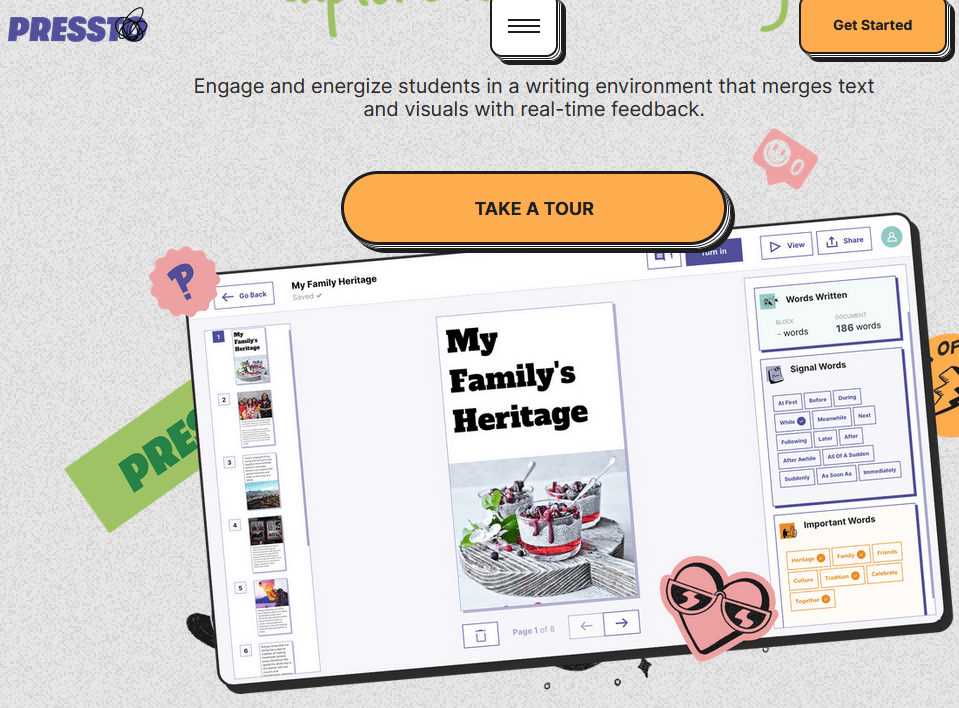Creating critical thinkers could be as simple as empowering young writers. Can writing improve critical thinking? In this blog entry, we’ll explore that idea and a new tool empowering young writers.
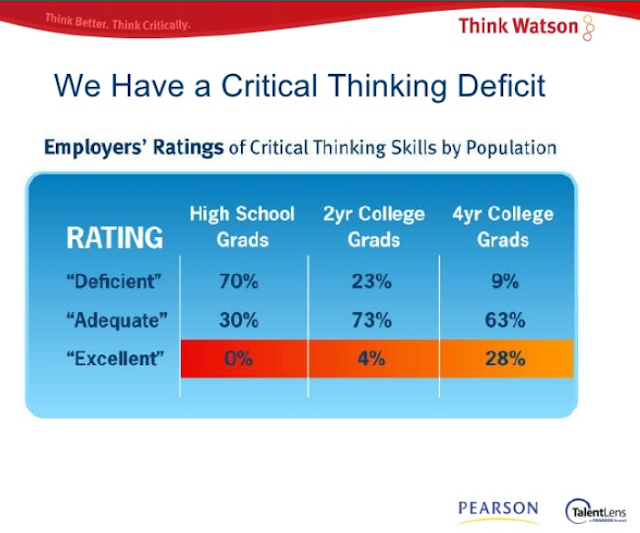
Source: Screenshot by author. An introduction to critical thinking –
Clarifying What Critical Thinking Is
Like any writer, I often think through ideas while writing about them. That can include exploring my thinking through a simple critical interrogation.
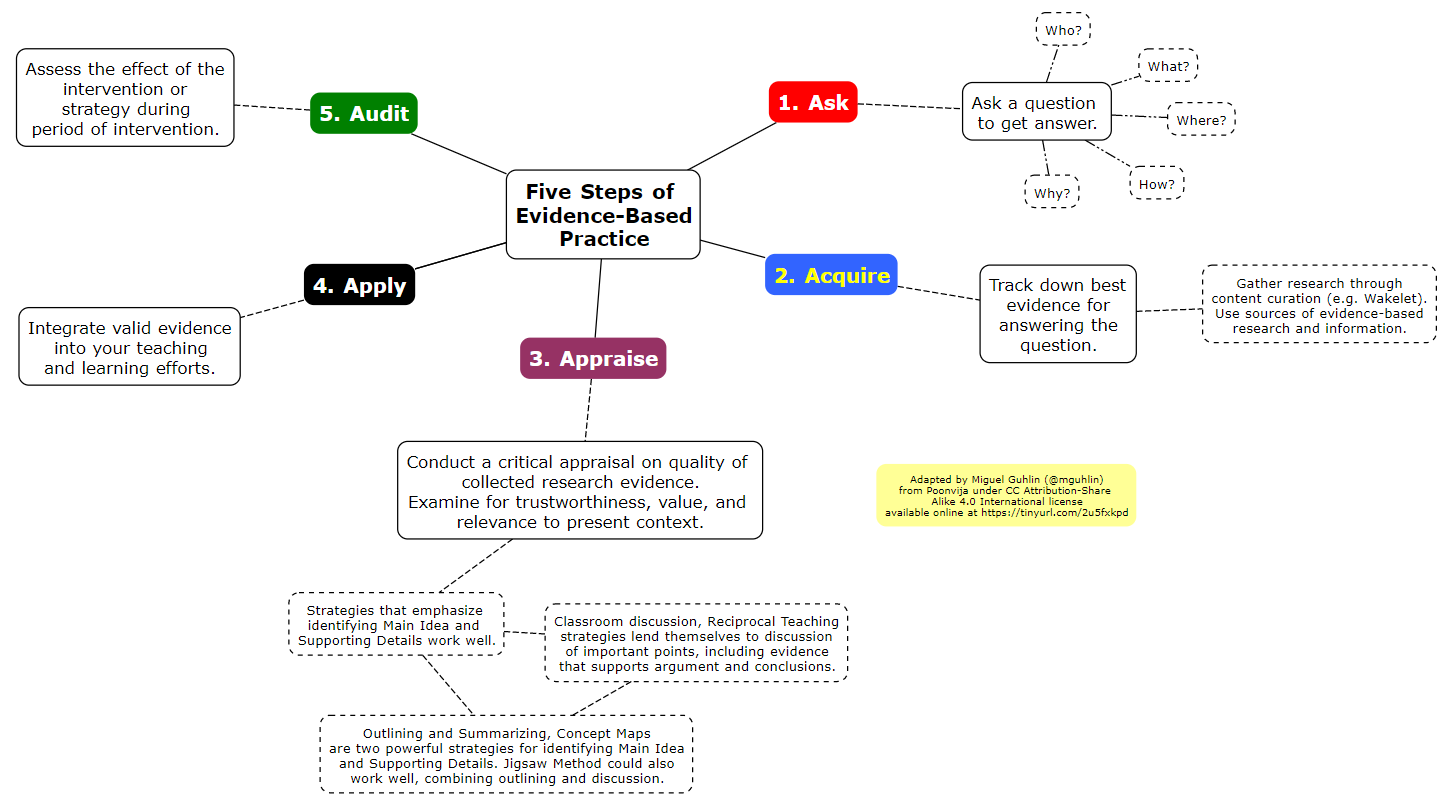
Adapted from Source by author | View in CMAP Cloud
That interrogation of self involves asking questions such as:
- What evidence is there for an idea or assertion encountered?
- Is that evidence trustworthy, relevant, and valuable?
- How can I apply that evidence to the current situation and create an intervention?
- How effective is that evidence-based intervention or strategy?
Some might suggest more complex critical thinking heuristics. Others may find a simpler approach worthwhile. For example, the RED Model suggests three key ideas:
- Recognize assumptions. Understand what is going on, figure out the veracity of the information, and find evidence. This step involves identifying assumptions. (Are they true? False?)
- Evaluate arguments. A systematic analysis of the evidence and arguments presented.
- Draw conclusions. Pull together a range of information. Then arrive at a logical conclusion given the evidence.
Each of the key areas of the RED Model involves lots of questions.
When thinking about what level of critical thinking you want your students to practice, you may want to gauge your audience and ask yourself, “What’s age-appropriate?” You might find this periodic table of critical thinking interesting for adult learners.
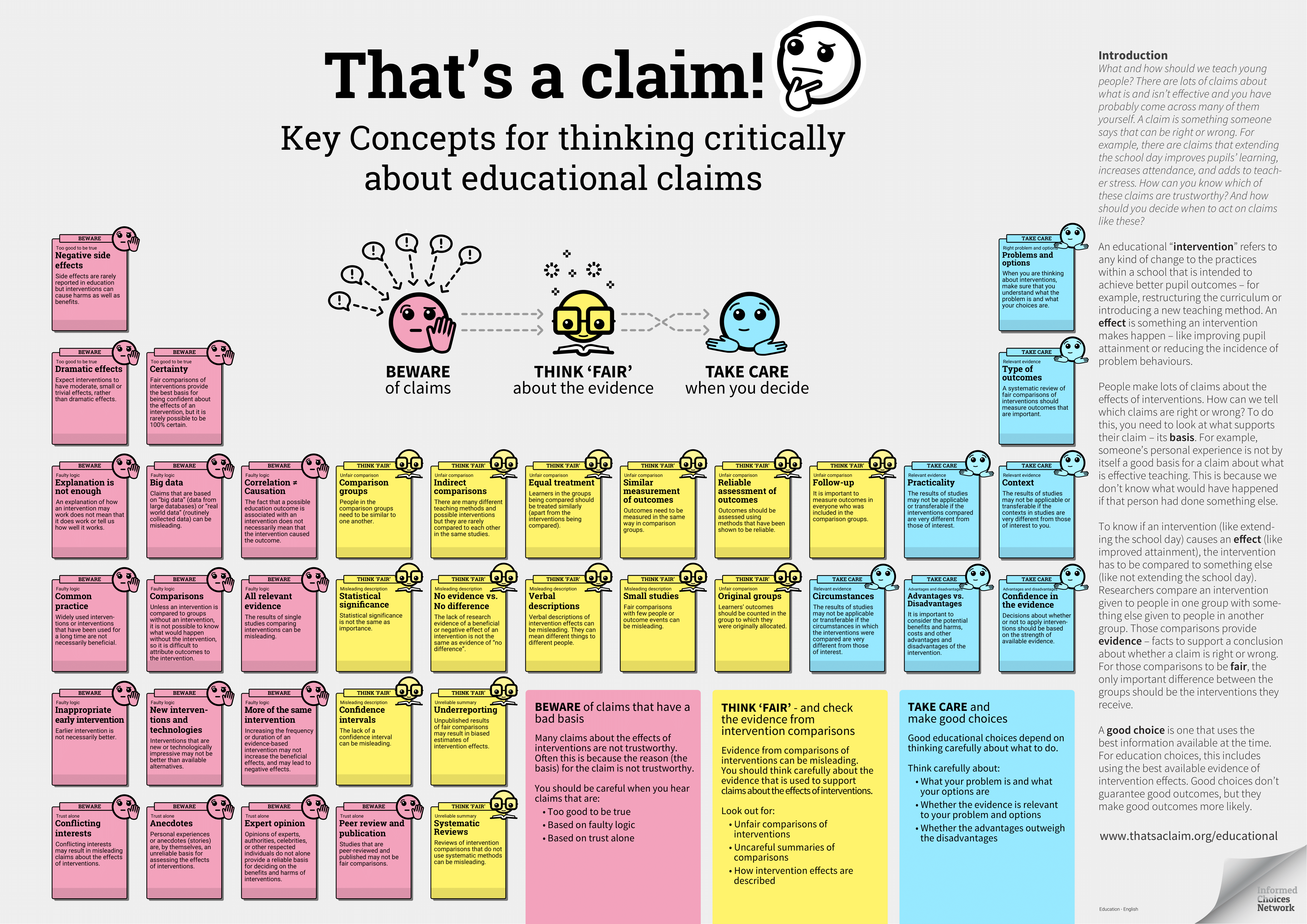
Scientific reasoning and critical thinking are processes we use to solve problems, to identify solutions. How we do that depends on finding evidence and determining the quality of that evidence. Then we have to decide what’s next. Whether it’s the Big 6, the RED Model (diagram), or another process, each involves assessing consequences. Doing so in writing means going through this process countless times. These approaches can result in open-ended writing explorations suitable for generating blog entries and “newspaper” articles.
Critical Thinking and Writing
“Writing is thinking. To write well is to think clearly,” says David McCullough. A critical thinker writes clear prose. That idea has been around a long time. For some writers, it’s often seen a different way. Trying to write clear prose results in critical thinking. The reason why is that writers may start out with a fuzzy concept. Then they work through a series of questions that the act of writing demands.
Did You Know?
TCEA and Book Creator have partnered to create an online, self-paced course on how to use Book Creator in K-12 classrooms. You can earn twelve hours of CPE credit, a digital badge, and certificate. Register now for this amazing course.
Here are a few (not all) of the questions writers struggle with:
- Why am I writing the document?
- What does the reader know versus what new information does the reader need?
- What change do I want to catalyze and/or what action do I want to drive?
- What information and details should be included?
- What information sources should I consult?
- What points or message do I need to communicate?
David McCullough has won the Pulitzer Prize for writing, twice. What hooked him on writing and publishing?
“From a young age, I wanted to be a writer. I wrote for what passed as a little newspaper in grade school,” he said, “and I was the editor of the high school yearbook, the editor for our school literary magazine, and I wrote for the school newspaper.”
You can also read up on how writing improves critical thinking. How might we engage our children, our students in the same way?
Introducing Pressto
Need a way to motivate students to write and learn media literacy? Pressto seeks to do that. The goal, according to Daniel Stedman (CEO), is to create a micro-journalism platform for kindergarten through middle school students across the globe.
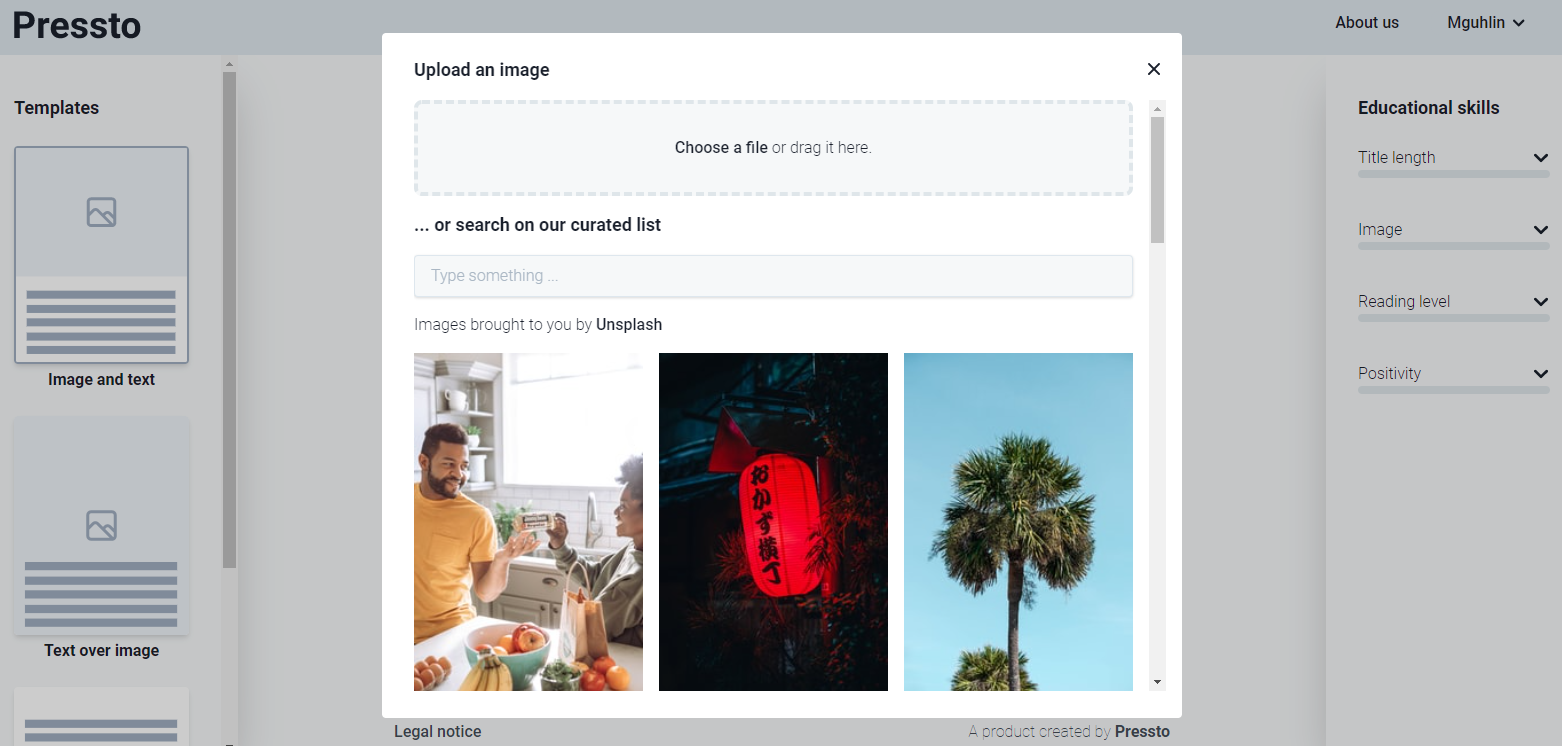
Watch a walkthrough of Pressto below:
Pressto Features
You can find several features that make Pressto attractive to students:
- Simple template-based design
- Educational skills sidebar. This sidebar provides insight into title length, image choice, reading level, and positivity. You can also find passive verbs identifier.
- Copyright-friendly images (via Unsplash) to illustrate students’ texts
Once children publish their creation, they get an email with a printable version. They also receive instructions on how to create the newspaper.
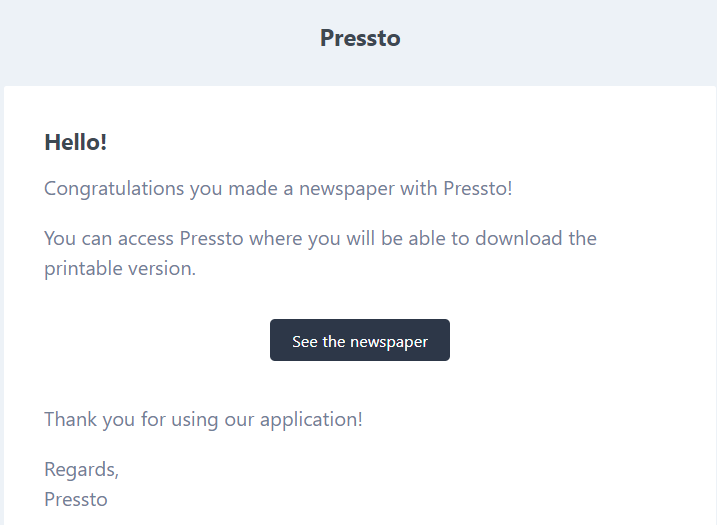
Image: Email sent to students
Students have the option to share their publication with their friends. They also get a few more options, such as, a “Pay what you want,” see newspaper, and/or create another. Students can download their newspaper and the mini-journalists can print and fold their creation.
A user dashboard allows mini-journalists to access their user “zines:”

One of the disappointments of Presstois is the inability to adjust fit text to space available. This can result in truncated text in the print publication. You will also need scissors to make the print version of the “zine” or newspaper work.
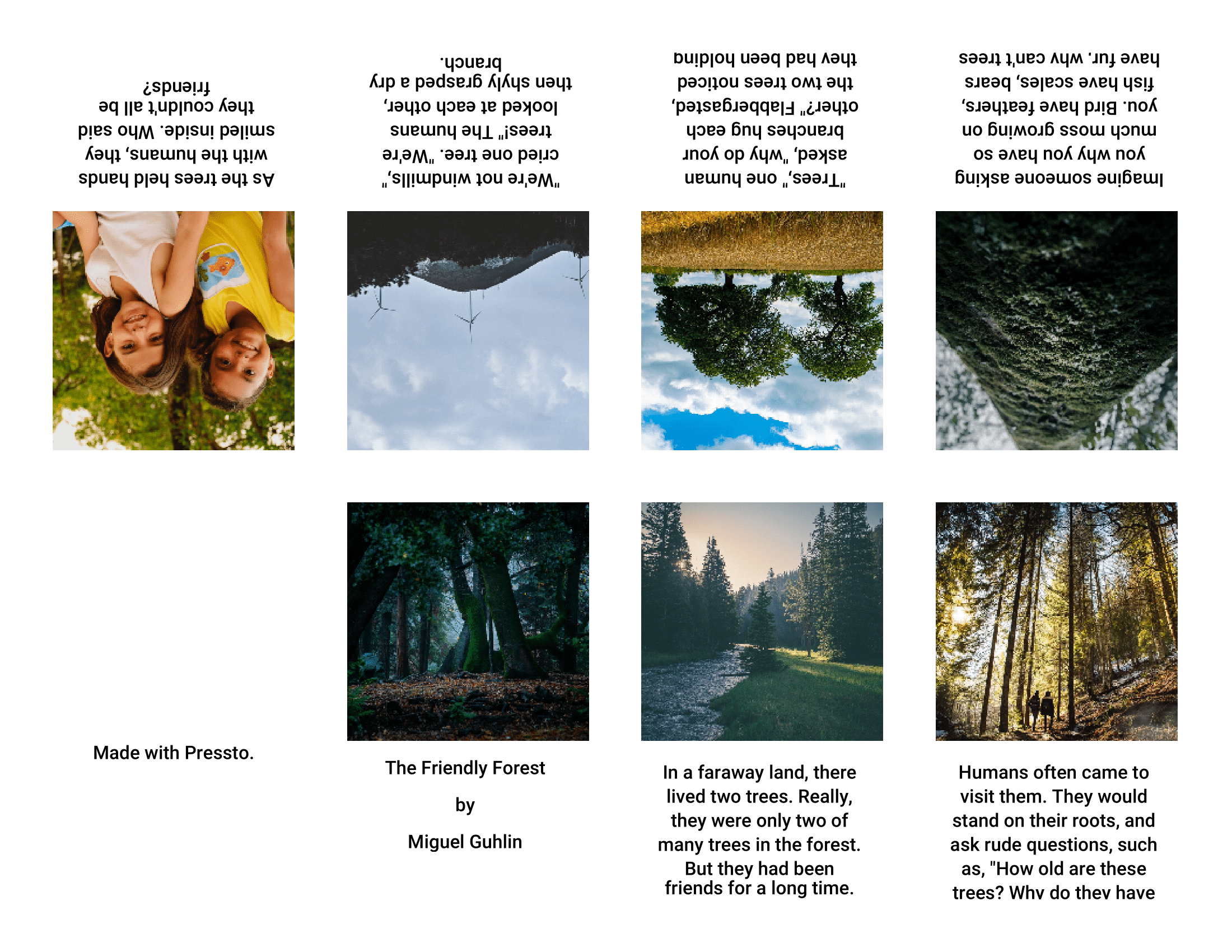
A Few Takeaways
Students often include sensitive information in their writing. Does Pressto protect student privacy? I saw that Pressto is a signatory on the Student Privacy Pledge. If you’re wondering about the Pay what you want, this is Pressto’s way of subtly asking for a donation of any amount.
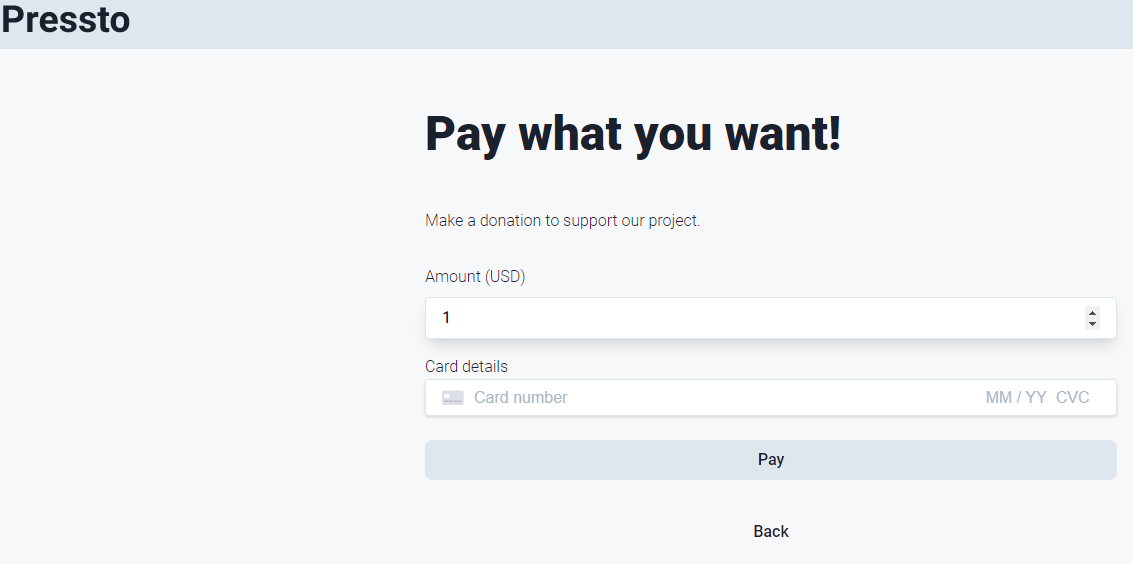
Who Should Use Pressto?
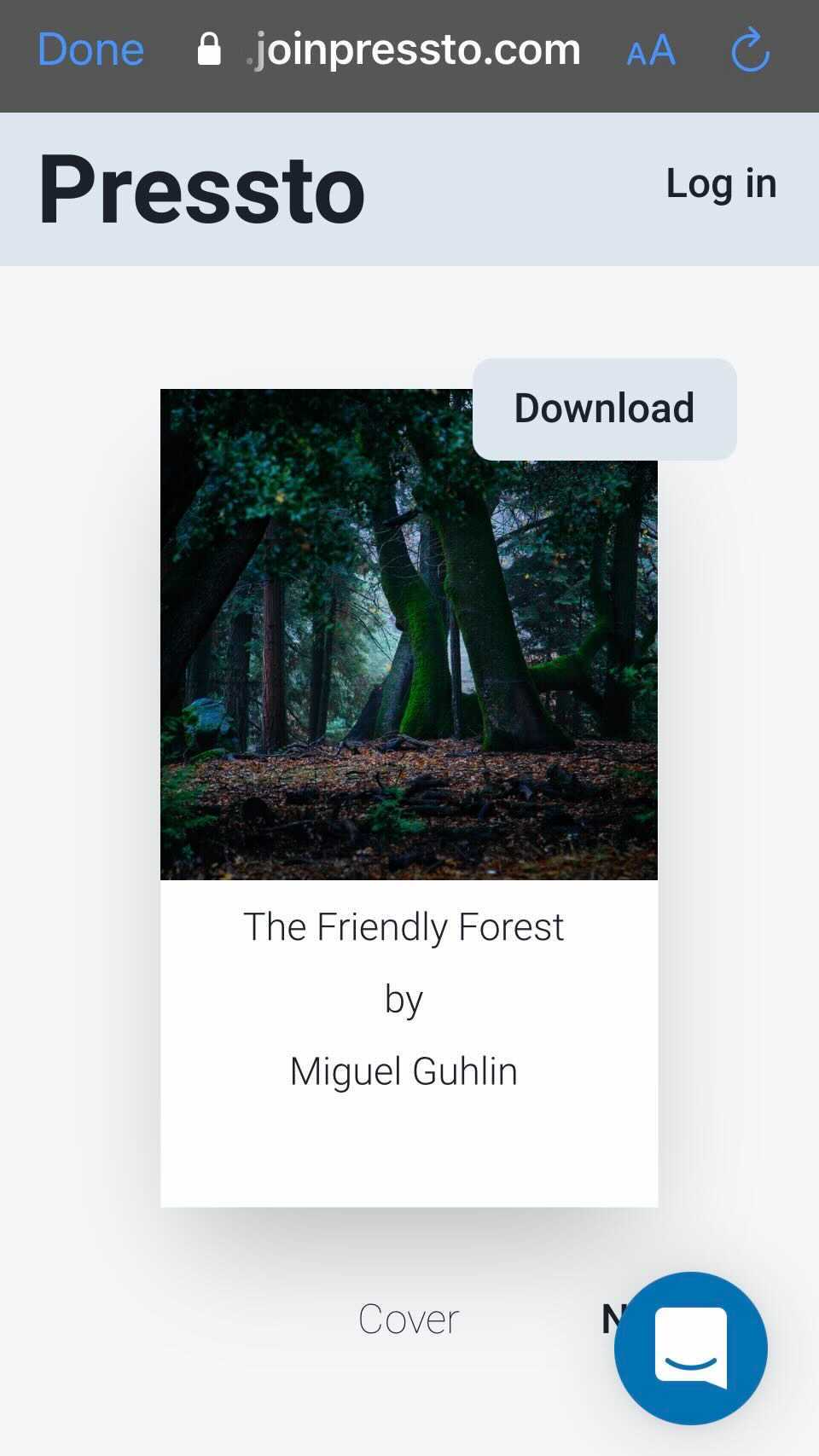
Anyone who wants to publish a print newspaper could choose to use Pressto. You would need to have a printer or create content for online viewing only. Given the size of each panel, the zine lends itself well to mobile viewing.
Whether an individual, a homeschool environments, or classroom, Pressto offers a simple tool. To publish is to make known, and Pressto offers a resource easy enough for children to learn. For school districts, pricing starts at $999/year for schools.
The question is, in the presence of tools like Book Creator, Zigazoo, and Instagram Stories, will print and pictures suffice to keep student interest?
Feature Image Source
Screenshot by author, JoinPressto.com

